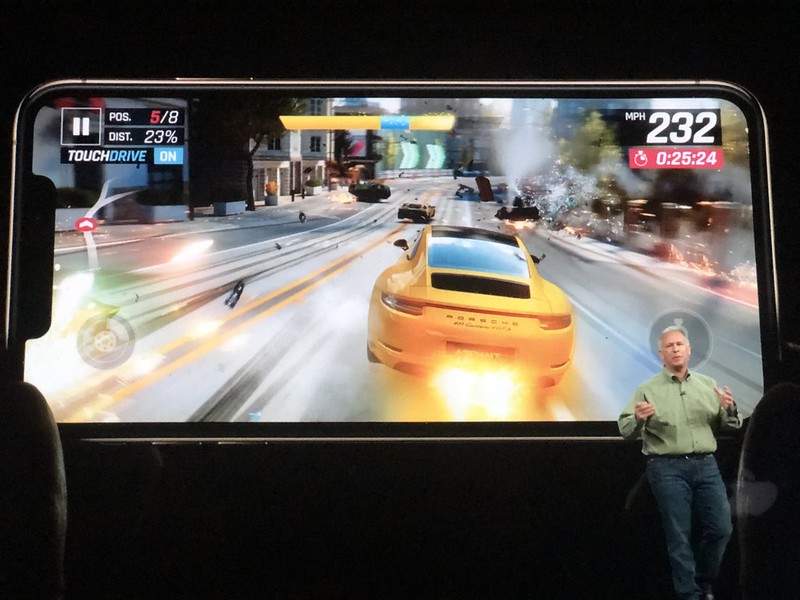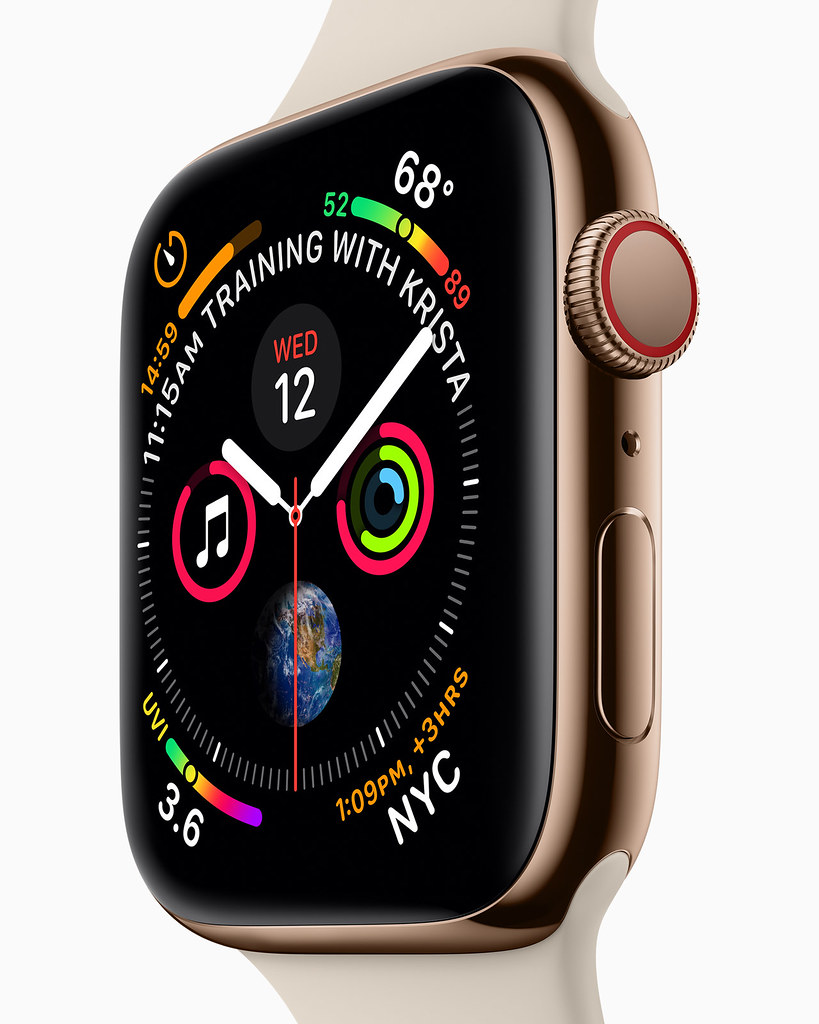Enron: even now is a byword for dodgy dealing and corruption. Back in the summer of 2000, Enron was a large respectable corporation. Three people came over from Portland, Oregon to London. They looked to pioneer a new way of thinking about broadband capacity and they came to Europe to do peering agreements and business deals. They were ‘Enron Broadband Services’.
The whole thing was moving at ‘internet speed’, which is a euphemism for crazy fast and with money flittered everywhere. So I ended up working agency side arranging everything from pre-paid mobile phones to a dinner for 150 internet geeks at The Hempel – a luxury hotel with a minimalist restaurant that used to be in Bayswater.
Enron acquired Portland General Electric (PGE) back in the mid-1990s. This was part of Enron’s play in deregulated electricity markets. With PGE also came an optical fibre network. The company had been dropping fibre into the ground every time it did reinstatements. Enron then built and leased optical fibre from the likes of Level3.
While I was trying to get these guys in front of the European telecoms press I was hearing from my media contacts that Level3 were actively briefing against them, saying that their business model was full of shit. They were right it was. Enron Broadband Services depended on their ‘Enron Intelligent Network’ a set of proprietary technologies that was supposed to prioritise traffic for quality of service and commercial traffic reasons.
Like many things at the time the technology was less developed than one would believe. Much of the functionality replicated existing technology such as MPLS. IBM developed their e-commerce offering on the back of ‘suckered’ customers like Boxman.com. Technology was a sketchy business at the time; but it seemed to matter less as the world was being changed. This was pre-9/11 and Gap was convincing many people that khakis were cool.
https://youtu.be/OLSjcGjLQ7s
In the case of IBM, they seem to be still doing similar practices two decades later; this time with their Watson machine learning offering.
The problem was that the ‘Enron Intelligent Network‘ was a relatively minor sin compared to everything else that was going on in the corporation.
What happened to the companies mentioned in the Enron slides?
- ARC
- Atom Films – Founded in 1998, Atom was bought in 2006 by MTV Networks, Google had considered buying it when it eventually purchased YouTube. Eventually it was absorbed into Comedy Central
- Avici Systems – was hit hard by the dot com bust. It eventually pulled out of the core network router business and changed its name to Soapstone Networks
- Ciena – Ciena still exists as a networking equipment and software company. It managed to ride out the dot com bust by diversifying its portfolio of networking equipment
- Cisco Systems – continues to be one of the world’s largest companies in networking equipment
- Compaq – never managed to fully integrate its acquisition of the Digital Equipment Corporation (DEC) and ended up being acquired by Hewlett-Packard. In 2015; Hewlett Packard split into two businesses. HP held the PC, printers and related businesses. Hewlett Packard Enterprise contained business software (subsequently merged with Micro Focus), services business (merged with Computer Sciences Corporation) and a hardware business.
- CountryCool.com – started as a country music site and seems to have morphed into an analogue of Comedy Central
- The Drew Carey Show – ABC situation comedy that finished its run in 2004
- EasyStreet – ISP that is still going, mostly reselling other vendors products
- Epoch Internet – was the first tier one ISP on the west coast when it was founded in 1994 and played a crucial role in some of the first commercial peering points. It was eventually acquired by MegaPath in 2004. MegaPath in turn is owned by Fusion Connect, who were recently acquired by Birch Communications Inc. as part of a further consolidation of business ISPs in the US
- Firstworld
- FlashNet – FlashNet now only exist as a legacy domain that AT&T supports for customers. FlashNet Communications was founded in 1995 as a Fort Worth, Texas-based internet service provider. It had an IPO on the NASDAQ in March 1999 and was acquired by Prodigy Communications in November that year. Prodigy was acquired by AT&T in September 2001
- FYINet.com – FYINet was a Houston, Texas based company that provided training materials on CD ROM about networking technology. They then moved their content to the web and promoted their 3D animation and interactive design capabilities. They seem to have disappeared sometime around 2002.
- GST Telecommunications
- GTE Internetworking – GTE Internetworking became Genuity when its parent company merged with Bell Atlantic to found Verizon. It was eventually acquired by Level3, which was in turn acquired by CenturyLink 2017
- Inktomi- Inktomi was one of the leading providers of web caching for both content and streaming. It became a key provider for early content delivery networks. It was eventually acquired by Yahoo! in 2003. Yahoo! was acquired by Verizon and merged into Aol as part of Oath
- iStream TV encoding – iStream continues to provide solutions for both video on demand and live streaming. Turner acquired a majority share in the business during 2015
- latinsoccer.net – Mexican based site that covered Latin American football news. It featured both video and audio which wasn’t the norm for the time. According to Archive.org’s Wayback Machine, the site didn’t survive the dot com bust
- Lucent Technologies – acquired in term by Alcatel and Nokia
- MShow.com – Chicago-based Mshow provided interactive broadcast services. It was founded in 1986, had one round of funding in 2000 and is no longer in business
- NetRail – provided backbone networks and hosting to ISPs. It was acquired by Cogent Communications Group in 2001
- NextVenue – specialised in video and audio streaming, it was acquired by iBEAM Broadcasting – a satellite networking company. iBEAM went under in 2002, its assets were acquired by Williams Communications LLC. Williams is now owned by Level3
- Oracle – Oracle remains a leading provider of enterprise software
- OrcoNet.com – was a US ISP, eventually filed for chapter 7 bankruptcy in California
- pdq.net – was an ISP. It was acquired by Internet America. Internet America was acquired by JAB Broadband and folded into Rise Broadband
- Q4i.com – defunct online brokerage with video component for independent brokers
- RCN – Boston-based ISP that has gone on to become the sixth largest cable and broadband provider in the US
- rmi.net – Rocky Mountain Internet was an early provider of dial-up connectivity. It moved into e-business for SMEs and eventually became part of EarthLink, which went on to consolidate with Windstream
- showdigital – provided broadband to the hospitality industry. Its assets were acquired in 2001 by STSN
- Sun Microsystems – Sun Microsystems never managed to recover from the dot com bust and was eventually acquired by Oracle. Oracle now sells its own brand of hardware that can run Solaris UNIX – Solaris is now owned by Oracle who continues to maintain it alongside a distribution of Linux
- Sycamore Networks – Sycamore Networks was wound up by its shareholders in early 2013. During the internet boom it had a market capitalisation of $44.8 billon. It was worth just $64 million when wound up.
- TeleCommute Solutions – Atlanta based ISP that specialised in providing workforce connectivity to companies. Crunchbase lists it as closed
- Telescan – founded in 1982 as a provider of stock charting tools, it eventually became part of TD Ameritrade’s Thinkorswim
- TotalCricket
- USWest – one of the original ‘baby Bells’. It merged with Qwest in 2000. Qwest was acquired by CenturyLink in 2011
- Verio – founded as an ISP in Denver. Acquired by NTT of Japan in 2000
- VillageNet – small Canadian ISP which is still running


